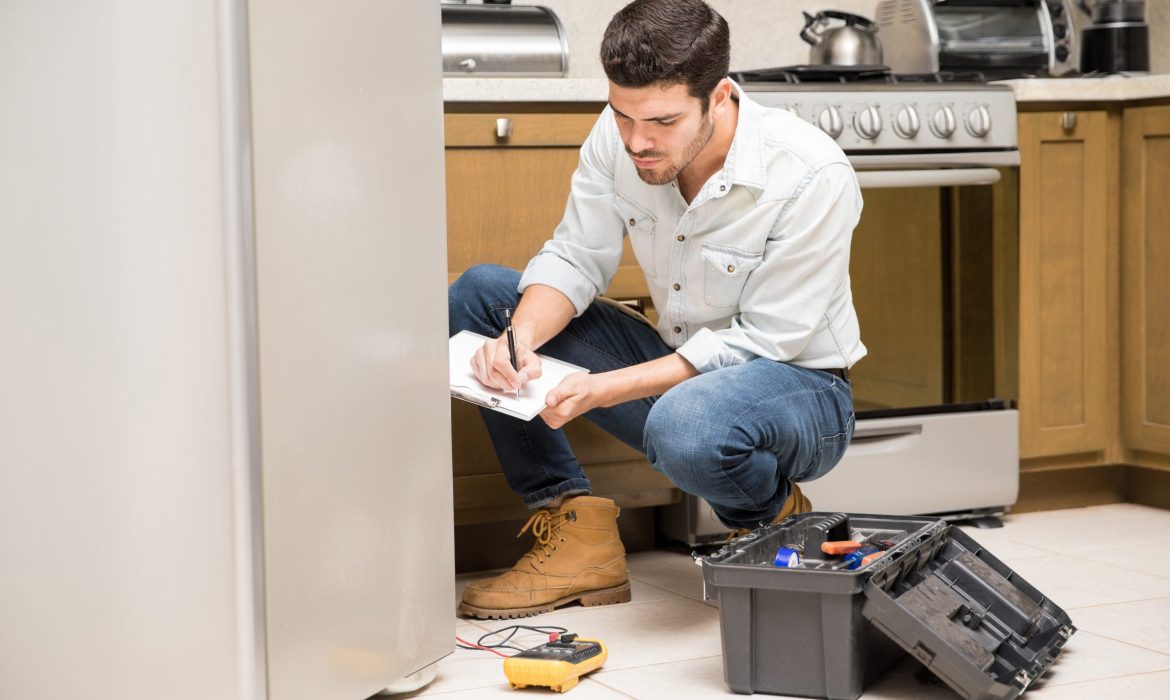At Jinnie, we believe that regular electrical inspections are essential for maintaining a safe and efficient electrical system in your home. Our comprehensive approach involves several key steps, ensuring that every aspect of your electrical setup is thoroughly assessed and optimized. Here’s how we do it:
1. Comprehensive Initial Assessment
We start with a detailed evaluation of your home’s electrical infrastructure, checking:
- Wiring, circuits, and panels for visible issues.
- Switches, outlets, and appliances for signs of wear or malfunction.
- Safety compliance with current electrical codes.
Why it Matters:
A thorough initial assessment helps us establish a baseline for your system and identify hidden risks, allowing us to create a customized maintenance plan tailored to your home’s specific needs.
2. Load Balancing and Circuit Testing
To prevent overloaded circuits, we:
- Measure load distribution across your home’s electrical system.
- Test breakers to ensure they trip appropriately during surges.
- Identify and recommend upgrades for circuits at risk of overload.
Why it Matters:
Effective load balancing reduces the likelihood of frequent breaker trips, ensures appliances run efficiently, and protects your home from electrical fires.
3. Thermal Scanning to Detect Hotspots
Using advanced thermal imaging, we scan:
- Electrical panels, outlets, and circuits for overheating.
- Hotspots that may indicate loose connections or faulty wiring.
Why it Matters:
Early detection of hotspots can prevent electrical fires and minimize energy wastage, ensuring a safer environment for you and your family.
4. Grounding System Inspection
Our team evaluates your grounding system by:
- Testing its effectiveness to ensure it’s functioning correctly.
- Installing missing ground wires when necessary.
- Correcting improper grounding that may pose safety risks.
Why it Matters:
A properly grounded system mitigates the risk of electric shocks and protects sensitive electronics from power surges, enhancing overall safety.
5. Testing and Upgrading Safety Devices
During inspections, we check:
- Breakers, fuses, and surge protectors for functionality.
- Ground Fault Circuit Interrupters (GFCIs) to ensure they trip correctly.
Why it Matters:
Replacing or upgrading outdated safety devices ensures maximum protection against electrical hazards, reducing the risk of fires and injuries.
6. Customized Solutions and Detailed Reports
After each inspection, we:
- Provide a comprehensive report detailing issues found and recommendations for repairs.
- Offer tailored solutions that fit your home’s unique requirements.
- Discuss long-term maintenance plans to keep your system functioning smoothly.
Why it Matters:
Transparent reporting allows homeowners to make informed decisions about their electrical systems, focusing on practical and affordable solutions that enhance safety and efficiency.
7. Scheduling Routine Follow-Ups
To maintain optimal performance, we:
- Schedule follow-up inspections at intervals that match your home’s usage patterns.
- Send reminders to ensure you don’t miss important check-ups.
Why it Matters:
Routine follow-ups help prevent small issues from escalating into significant problems, providing peace of mind that your electrical system is always in safe hands.
Conclusion
Jinnie’s proactive approach to electrical inspections is designed to enhance the safety, efficiency, and reliability of your home’s electrical system. With our detailed assessments and customized solutions, you can trust that your electrical needs are expertly handled.
Book your regular electrical inspection with Jinnie today and experience the assurance of a well-maintained electrical system!



